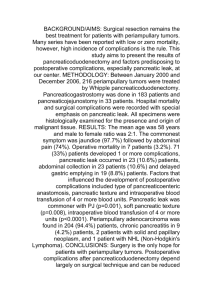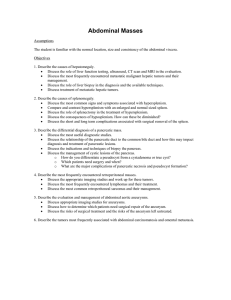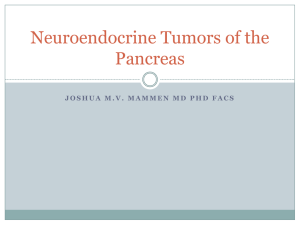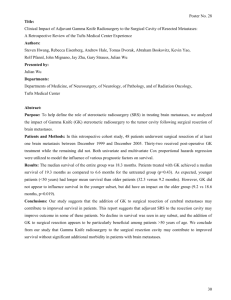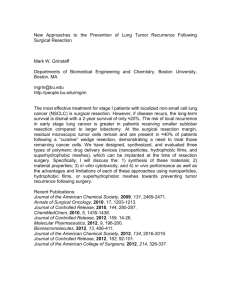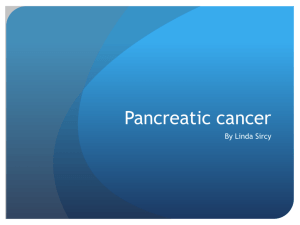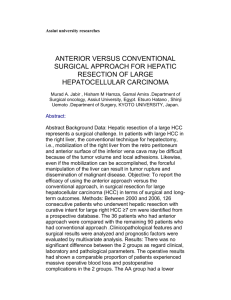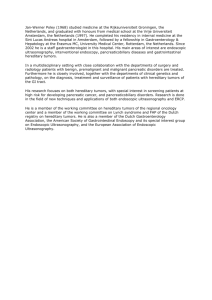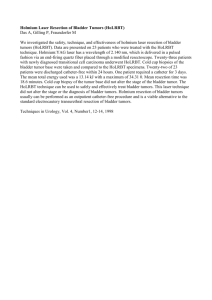BACKGROUND/AIMS: Surgical resection still
advertisement
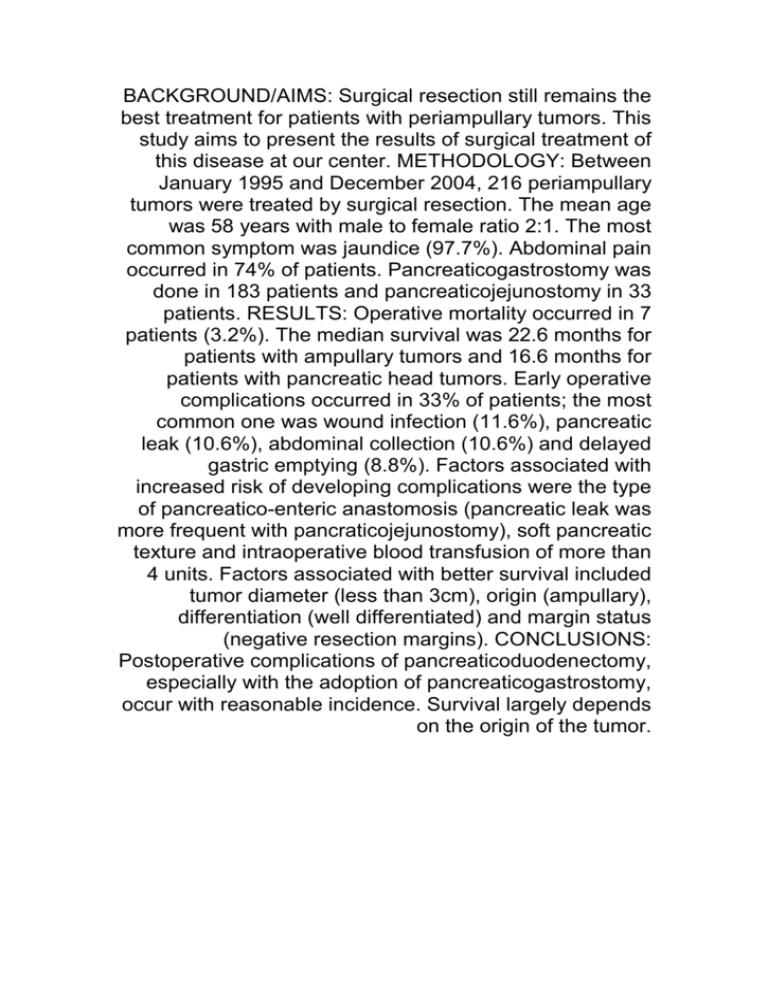
BACKGROUND/AIMS: Surgical resection still remains the best treatment for patients with periampullary tumors. This study aims to present the results of surgical treatment of this disease at our center. METHODOLOGY: Between January 1995 and December 2004, 216 periampullary tumors were treated by surgical resection. The mean age was 58 years with male to female ratio 2:1. The most common symptom was jaundice (97.7%). Abdominal pain occurred in 74% of patients. Pancreaticogastrostomy was done in 183 patients and pancreaticojejunostomy in 33 patients. RESULTS: Operative mortality occurred in 7 patients (3.2%). The median survival was 22.6 months for patients with ampullary tumors and 16.6 months for patients with pancreatic head tumors. Early operative complications occurred in 33% of patients; the most common one was wound infection (11.6%), pancreatic leak (10.6%), abdominal collection (10.6%) and delayed gastric emptying (8.8%). Factors associated with increased risk of developing complications were the type of pancreatico-enteric anastomosis (pancreatic leak was more frequent with pancraticojejunostomy), soft pancreatic texture and intraoperative blood transfusion of more than 4 units. Factors associated with better survival included tumor diameter (less than 3cm), origin (ampullary), differentiation (well differentiated) and margin status (negative resection margins). CONCLUSIONS: Postoperative complications of pancreaticoduodenectomy, especially with the adoption of pancreaticogastrostomy, occur with reasonable incidence. Survival largely depends on the origin of the tumor.
